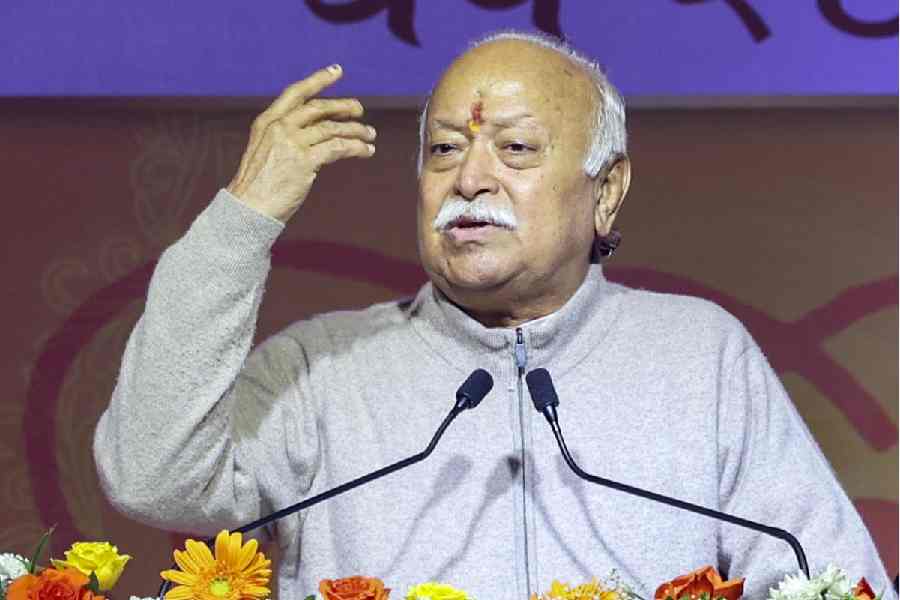Not just India but other developing countries are also adversely impacted by landslides in terms of losses to life and livelihoods and damages to public and private infrastructure. Globally, around 3.7 million square kilometres of land are prone to landslides, putting 300 million human lives at risk (Dilley et al., 2005). Between 1970 and 2024, approximately 50% of the landslides occurred in seven developing countries — China, Indonesia, Colombia, India, the Philippines, Nepal, and Peru — affecting 12 million people (EM-DAT database). The economic losses due to landslides in these countries account for 43% of total losses due to landslides globally. According to the United Nations Office of Disaster Risk Reduction, India witnessed 79,732 deaths per million inhabitants between 2000-2019 due to natural disasters. Besides regular occurrences of floods and cyclones, the intensity and the frequency of landslides have drastically increased in recent years. Landslides pose a significant and recurring threat to India, particularly in the Himalayan and the Western Ghat regions. According to the Geological Survey of India, 12.6% of the country’s geographical area is prone to landslides.
Indian states witnessed 3,782 landslides between 2015 and 2022. Out of these, Kerala alone experienced 2,239 landslides; followed by West Bengal (376), Tamil Nadu (196), Karnataka (194), Jammu and Kashmir (184), Assam (169), Himachal Pradesh (101), and Tripura (10). A study by Martha et al. (2021) shows that the Northwest Himalayan states account for 66.5% of landslide occurrences followed by the Northeast Himalayan regions (18.8%) and the Western Ghats (14.7%) due to geo-climatic characteristics of the regions.
Recent landslides in Kerala’s Wayanad have garnered significant attention. More than 400 people lost their lives, some 140 people are still missing, and nearly 300 hectares of farmland were affected. Kerala has witnessed similar catastrophic landslides in the past, killing around 70 people in 2019 and 2020. Since 92% of Kerala’s districts are prone to landslides in varying degrees, Kerala is the state most vulnerable to landslides.
Landslides are catastrophic events with far-reaching consequences, devastating human lives, homes, businesses and agricultural land. In India alone, landslides are believed to cause a loss of 1-2% to the GDP each year, according to the GSI. EM-DAT data have estimated a loss of $4.5 million between 1970-2024 due to landslides while the ministry of home affairs reported that 22,497 human lives were lost due to landslides between 1980 and 2019.
The data on the high frequency of, and losses due to, landslides make it imperative to devise a sustainable landslide management policy. In India, the government machinery has primarily focused on rescue and relief efforts during the post-disaster period. However, to mitigate the impact of landslides, the government needs to adopt adequate, long-term mitigation disaster adaptation and management policies to minimise damages and fatalities.
India has made progress in addressing landslide risk mitigation through initiatives such as the Landslide Early Warning System, prepared the ‘Landslide Atlas of India’ to identify landslide-prone districts, and devised the National Landslide Risk Management Strategy. But implementing the Sendai Framework for Disaster Risk Reduction is crucial to build a public-centric approach to mitigate disaster-related losses. This involves strengthening resilience through urban planning, enforcing stringent building codes in landslide-prone areas, and implementing strict land-use regulations to reduce landslide-induced damages. Investing in research and development to enhance landslide prediction and early warning systems using AI and Machine Learning is critical to mitigate the damages. By adopting a multi-faceted approach and fostering collaboration among the government, researchers, and local communities, India can reduce landslide vulnerability and build resilient communities.
Prakash Kumar Sahoo is Assistant Professor of Economics, Government College, Sundargarh, Odisha. Prarthana Agarwal Goel is Assistant Professor, Department of Economics, USHSS, Guru Gobind Singh Indraprastha University. Yashobanta Parida is Assistant Professor, FLAME University.











